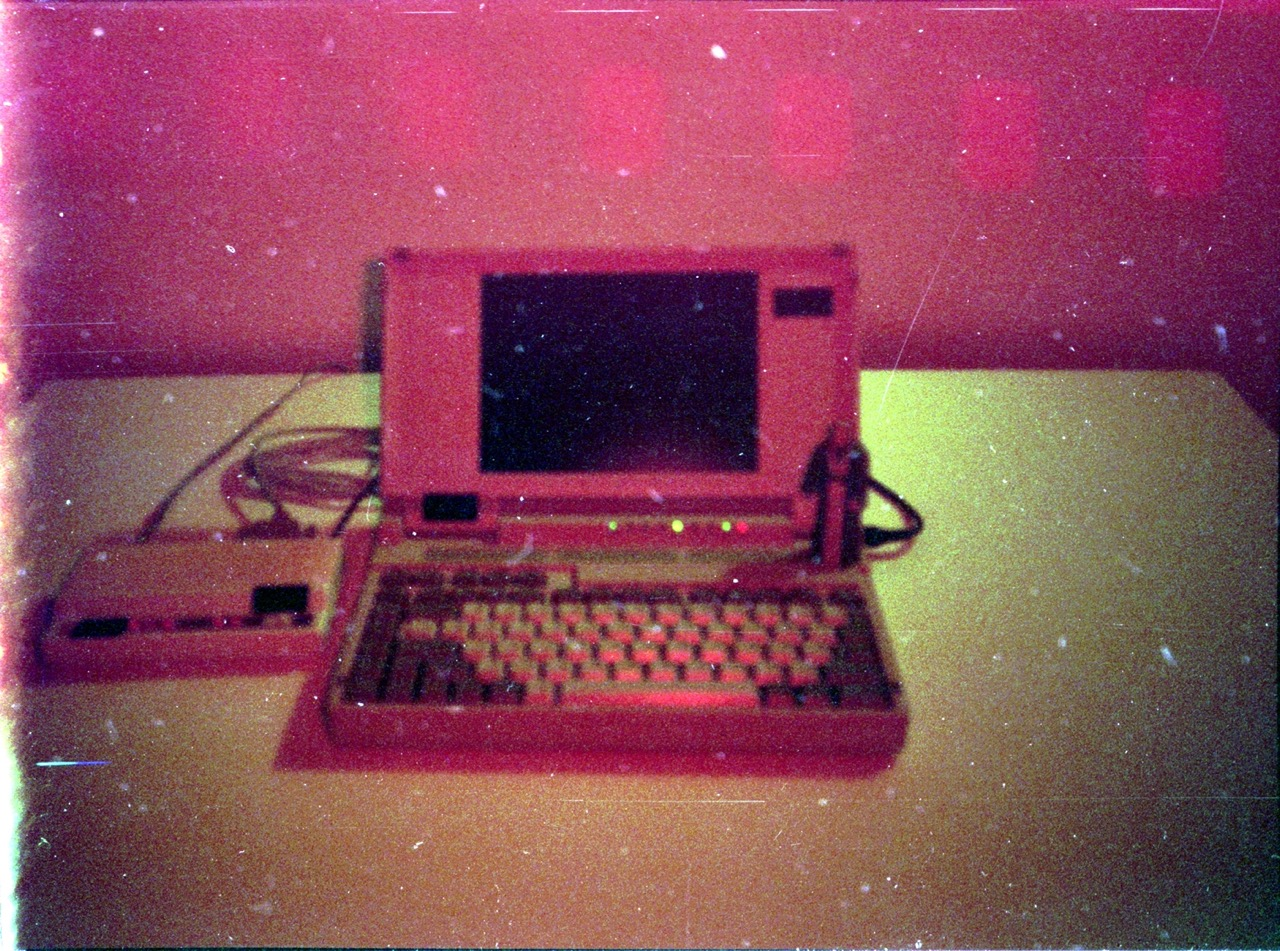Today we’re looking at the iRAM, and early (and wild) SSD from 2006. A slightly cursed idea at the time, but how does it stack up in 2025?
This is the exact kind of weird hardware nonsense I love.
You know, I would really love SSD made out of volatile memory for my /tmp.
Just put
tmpfs /tmp tmpfs defaults,size=4G 0 0in /etc/fstab then reboot and /tmp will be a RAM drive. Set size to whatever you want the maximum size to be.A lot of Linux distros do this by default. Alternatively you can use /dev/shm when you need a RAM disk, since it’s guaranteed to always be a RAM disk (whereas /tmp may or may not be).
The actual purpose of /dev/shm is shared memory (storing stuff in memory that’s shared across multiple processes) but I see it used as a generic RAM disk all the time.
This is what I do. But the thing is, I can only have so much RAM on my motherboard.
Alternatively, I’ve been using zram to better utilize the space, but the original issue remains.
Really more of a hardware RAM disk, but CompuPro offered a board called the M-drive for their S-100 ecosystem in the early '80s. 512k of DRAM-based storage; one board cost $1,895 in 02/1983. The potential existed to use up to eight boards in one system, which would give the user a 4MB RAM disk.
That would be 6,164$ in today’s money. And here I am, complaining that a 24TB drive is 300$ lmao :P
You hear people saying everything is more expensive now, and for low-tech things that’s true, but electronics have sure gone the other way hard.
FWIW CompuPro targeted the enterprise and scientific markets, too. Something like this wouldn’t be something a individual home/hobbyist/small business user would be buying.
Is that where cxl came from



